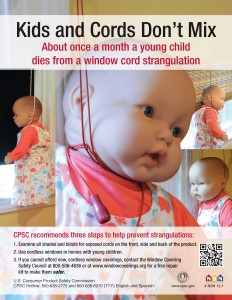 Infants and young children are dying on a monthly basis due to corded blinds. WHY? That is one child too many every month.
Infants and young children are dying on a monthly basis due to corded blinds. WHY? That is one child too many every month.
The Consumer Product Safety Commission (CPSC) has issued a statement calling for removal of corded blinds from homes and the marketplace due to numerous, unacceptable infant deaths and serious injuries.
Designers, manufacturers, and distributors of corded blinds blame parents and others for the deaths and serious injuries to infants. Those same designers, manufacturers, and distributors should have known of hazards, risks, and dangers of their corded blind products. Instead they turn a blind eye and blame human err instead as they continue to market their deadly products.
Cut out the blaming of parents. The focus should be on hazard and risk analyses of corded blinds. Part of these analyses requires anticipation of how and in what manner a product will be used. Human err, if any, must be accounted for in the design of products. Designers must change the design to the extent reasonably possible to eliminate potential human err with the product.
Informational literature in a box and/or a warning is inadequate if hazards can be reasonably eliminated through design. A warning is not an acceptable solution if a product can reasonably be designed in a safer manner.
Remember, any risk of death or serious injury is unacceptable if reasonable prevention measures could eliminate the death or injury. Reasonable prevention begins with the design, long before a product reaches the hands of consumers.

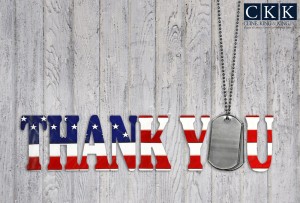
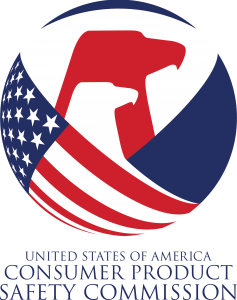
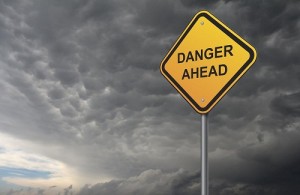
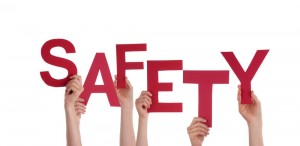 As consumers, do we understand what is safety? Senseless safety slogans such as “be careful,” “drive safely,” or “safety is common sense” have become the safety philosophy of the United States.
As consumers, do we understand what is safety? Senseless safety slogans such as “be careful,” “drive safely,” or “safety is common sense” have become the safety philosophy of the United States.